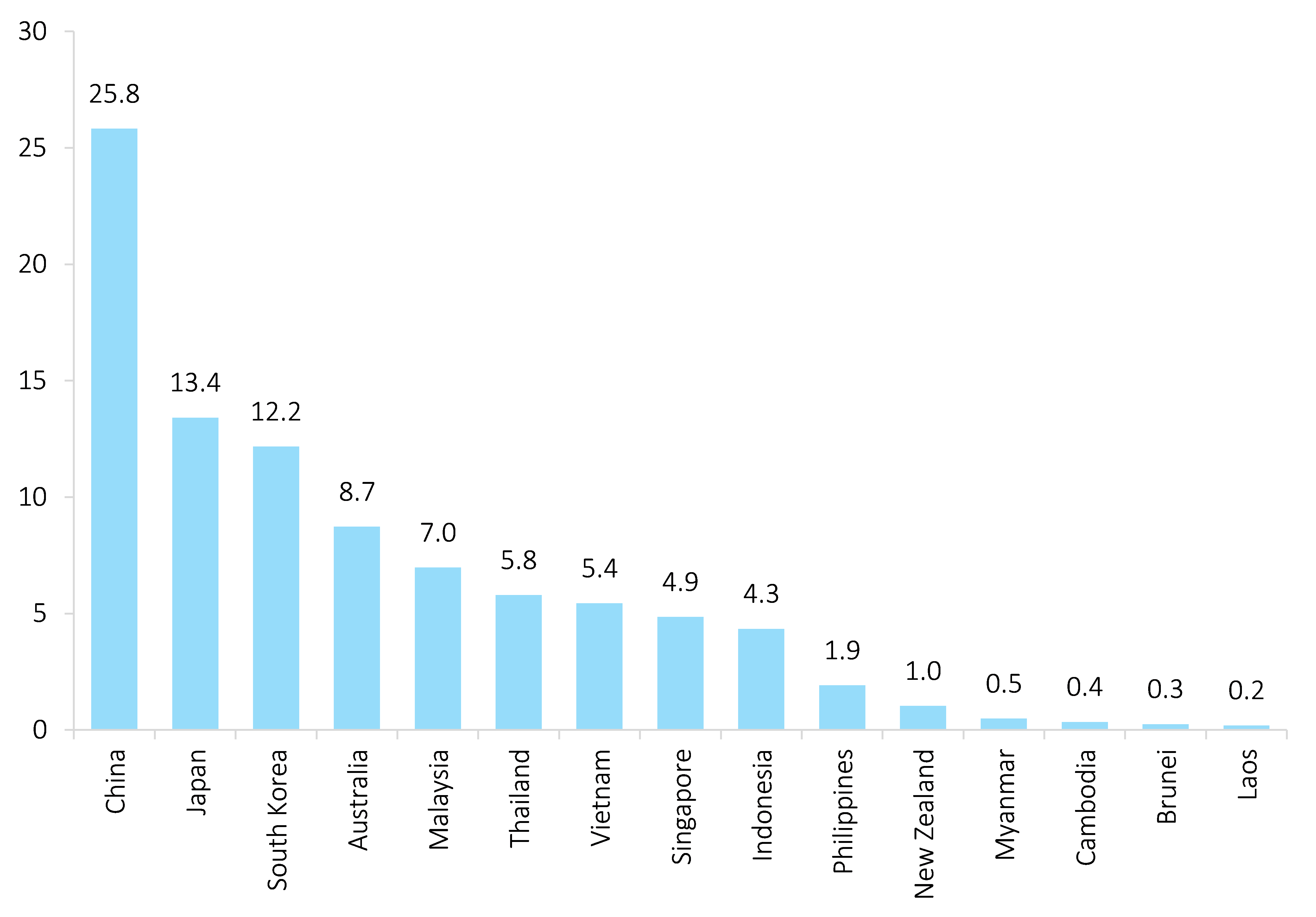RCEP - you must have seen this acronym floating around, reported in the media over the past few weeks. What is it and what does it mean? We take a look and share a commentary by Euler Hermes.
ASEAN hit a historic milestone on 15 November 2020 with the signing of the Regional Comprehensive Economic Partnership (RCEP). The RCEP marks ASEAN’s biggest free trade pact to date, covering a market of 2.2 billion people with a combined size of US$26.2 trillion or 30% of the world’s GDP.
Euler Hermes shared the key points in “RCEP: COMMON RULE OF ORIGIN COULD BOOST REGIONAL TRADE BY AROUND USD90BN ANNUALLY”.
From a geopolitical and symbolic perspective, the Regional Comprehensive Economic Partnership shows Asia-Pacific’s commitment to continuing multilateralism and harmonisation.
Encompassing the ten ASEAN countries, Australia, China, Japan, New Zealand and South Korea, the RCEP will cover around 30% of world GDP and population, making it the largest trade deal by these measures.
It is the first multilateral free trade agreement to include China, illustrating the ‘international circulation’ component of the country’s dual circulation strategy (more details are available here). This will see China increasing its influence in the Asia-Pacific region, while the U.S. has been exhibiting a more protectionist trade policy in the past few years.
From an economic perspective, the overall impact of RCEP could be moderate and spread over time. While China, Japan and South Korea could benefit more than other signatories (as the RCEP now covers the China-Japan and Japan-South Korea bilateral relationships previously not subject to free-trade agreements), the RCEP mainly consolidates and updates existing free trade agreements between the ASEAN and its partners.
In fact, the average tariff of ASEAN countries on imports from RCEP partners had already dropped from 4.9% in 2005 (10.3% non-weighted by ASEAN countries’ import shares) to 1.8% (3.2% non-weighted) currently.
More importantly, the RCEP reduces non-tariff barriers by creating a common Rule of Origin (RoO), i.e. harmonising the information requirements and local content standards for businesses to be eligible to the preferential terms of the agreement.
As of today, each regional FTA has its own RoO; the RCEP will therefore facilitate supply-chain management by requiring a unique certificate of origin to ship the same products between members. This would reduce transaction costs for trading with multiple countries in the wider region, and create a more stable environment for trade. In the literature, the cost of rules of origin ranges between 1.4% and 5.9% of the export transaction amounts.
Therefore, we estimate that the common rule of origin could reduce export costs, thereby boosting merchandise exports among signatories by around USD90bn on average annually (4% of 2019 intra-zone merchandise trade and 0.5% of global merchandise trade).
As a result, not only should this agreement foster stronger regional trade integration, but it could also make the region more attractive to further diversification of supply chains for multinational companies or multi-shoring. However, the agreement does leave out “sensitive” sectors, especially agriculture, and progress is only partial on services trade liberalisation.
Figure 1 – Average potential gains in annual intra-zone merchandise, trade thanks to the RCEP common rule of origin (USD bn)

Sources: UNCTAD, World Bank, Allianz Research
Note: Our results derive from estimations of average administrative cost savings related to the rule of origin, and import demand elasticities from academic papers including Cadot, Estevadeordal, De Melo, Suwa-Eisenman (2002), Carrère and De Melo (2006).
Euler Hermes, a member of Allianz, is a leading provider of trade related insurance solutions.
Editor's Picks:
#NotJustAnotherJob: A dream career awaits if you look beyond the surface
Connecting with Customers in the Digital Universe
Free videos to help you in your Final Sprint